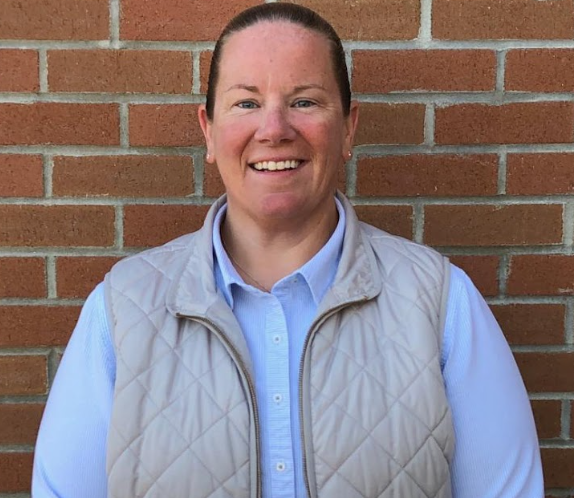Rebooted Toys R Us Stores’ New Concept Leads to Mixed Opinions

January 7, 2020
Toys R Us had become a household name in the United States since its founding in the late 1940s, so when the recognizable and world-famous toy store chain shuttered all its US and UK locations in 2018 following bankruptcy, there was much outcry from children, their parents, and nostalgic kids-at-heart of all ages alike. However, the brand managed to emerge from bankruptcy in January 2019—but reimagined as Tru Kids Brands. It was not until December of that year when the brand decided to reopen Toys R Us stores across America once more—but with a catch.
The first rebooted Toys R Us store opened November 30 at the Garden State Plaza mall in Paramus, New Jersey. However, the store has a new business model—instead of selling wholesale toys directly to kids, brands have their own dedicated sections within the store where they sell the toys to kids via their companies; according to Nerdist, this “means Toys “R” Us doesn’t get a cut of the sales, but does get rent money from [the brands which sell their wares within the Toys R Us store].” Some of the brands which sell toys within the store are Paw Patrol, Vtech, LEGO, Nerf, Target and Hasbro, each with a section of the store that is devoted to selling toys by only its brand. These sections have an interactive hands-on component which allows kids to play with the toys that are being sold right then and there in the store, providing a unique experience for children which promotes sensory and socio-emotional development as well as allows the child to determine whether or not they like the toy before buying it.
In the event that a toy displayed for children to play with is not available in the store and a child wants it, it can be ordered on the Target-powered ToysRUs.com via a touch screen panel at the store.
The store also features sensors throughout it, which, according to Nerdist, are used “to monitor traffic patterns and shopper cadence, among other metrics, to give brands and Tru Kids feedback on how the spaces are performing.” In other words, the sensors collect data on children and parents’ preferences to help Toys R Us and the toy brands which sell their wares within the stores learn about changing consumer tastes.
However, this reimagined Toys R Us concept has not been met with entirely positive opinions by everyone. The new store in Paramus is only 6,000 square feet and sells 1,500 toys, “a far cry from the thousands of toys one could find in the sprawling (about 40,000 square feet) old stores,” as stated by Fatherly. In an article written by Noah Kulwin for The Outline, Kulwin interviewed a shopper who disliked how cramped and small the new store was. “Tony, a twenty-something originally from northern New Jersey, walked into the store and loudly declared, ‘this doesn’t look right at all.’ When I went over to ask him about what he meant, he elaborated: ‘It doesn’t look like Toys “R” Us at all. It’s too boxed in, it doesn’t make sense, how can kids run around? I grew up with Toys “R” Us, so it’s important to me.’” Much of the outcry on social media was for the same reason Tony was upset—the new stores are nothing like their predecessors, leading the nostalgic to miss when they were Toys R Us kids even more. Abha Bhattarai, in an article written for the Washington Post, described the new store as “unrecognizable.” Daniella Cooney, “a former toy shop owner on New York City’s Upper East Side,” was also interviewed in Kulwin’s article; “while she really liked the ‘interactive’ component, she would have preferred something a ‘little less commercial.’”
However, despite the new stores being a far cry from their ancestors, they have been met with much positive reception from children and parents alike—the main demographic of the stores. “There aren’t many places where you can touch toys these days, and I like the interactive stuff,” said Lisa, a shopper from Englewood, NJ who was interviewed by Noah Kulwin in his article. Many parents on social media and interviewed in numerous articles by sites such as Geek Tyrant, NorthJersey.com, and CNN.
When asked about why the new concept of the stores was developed as a hands-on experience for kids, Richard Barry, president and CEO of Tru Kids, responded with, “We know that customers love shopping as a means of entertainment. That’s something built into the DNA of human beings,” in an interview with CNN Business. “We also know kids and families are looking for things to do on the weekends or when school’s out. We know parents and families really value play and the value of toys overall. As we thought about the strategy, we wanted to put all those things together.”
The chain plans to open its second location in Houston, Texas at the Galleria mall. Eventually, it plans to open over twenty locations of its new “concept stores” in cities such as New York City.











